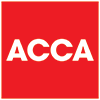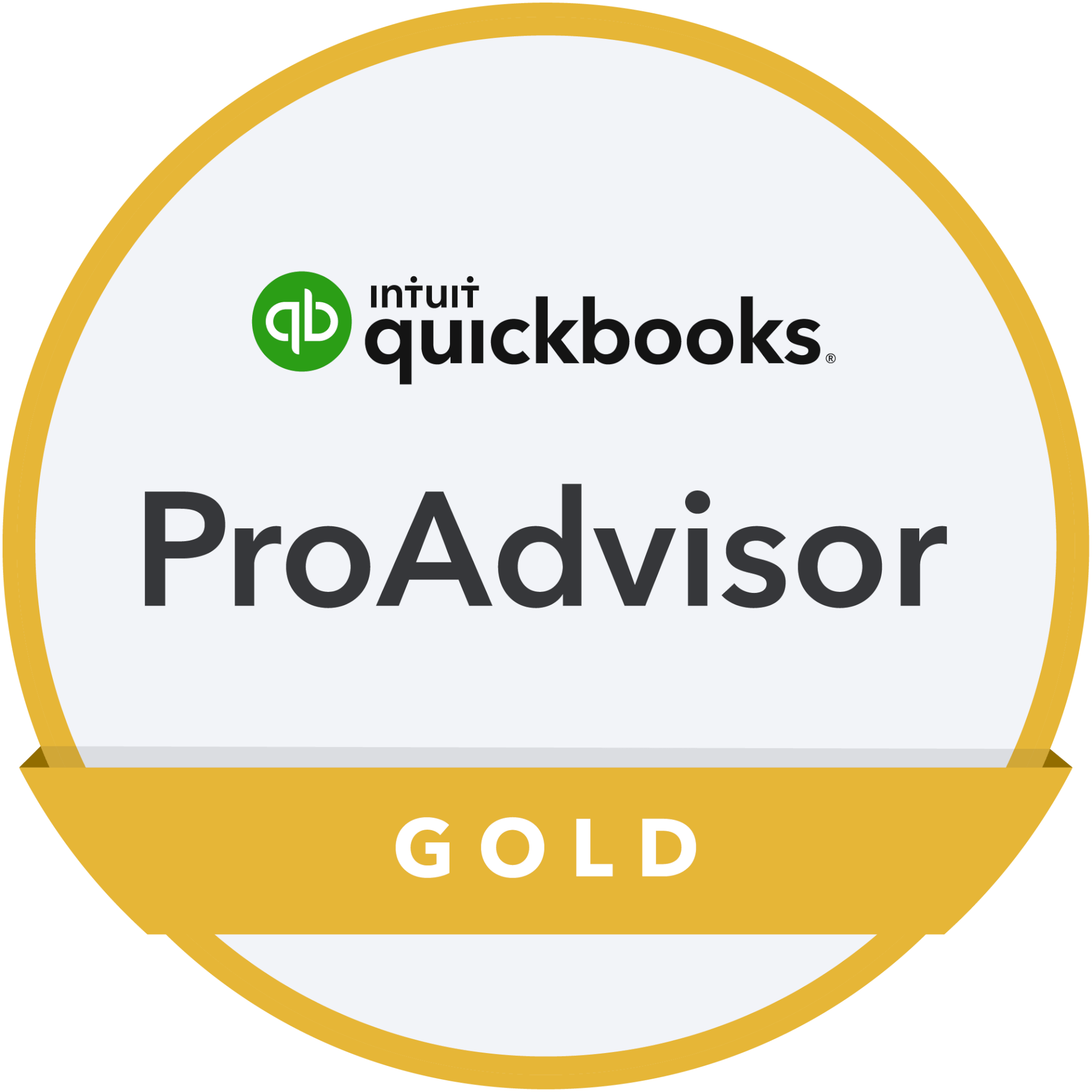A guide to registering for Self Assessment
If you’ve never had to complete a Self Assessment tax Return, the first time can be daunting. We’ll aim to demystify the process of registering for Self Assessment in this post, and if you have completed a Return before, this guide might help make things easier for you before the next time.
What is Self Assessment?
Self Assessment is the way millions of people in the UK report and pay their taxes. Specifically, 11.7 million people filed their Tax return via Self Assessment for the 31st January deadline in 2023.
As the name suggests, Self Assessment is all about the taxpayer assessing their own tax liabilities by telling HMRC about their financial activities and income via form SA100, the Revenue’s reference for the Return form. HMRC then uses that reported income to work out how much tax and National Insurance contributions (NICs) you need to pay.
This is in marked contrast to employees, who have their income tax and NICs automatically deducted through the PAYE system. This doesn’t happen for self-employed workers, or for some other sources of income, such as dividends, pensions or income from savings and investment, which is again where Self Assessment comes in.
Who has to register?
In general, Self Assessment is due for anyone who receives income that is not taxed at source.
So, if you’re a sole trader, because your income received in payment of your invoices does not have NICs or income tax subtracted, you must tell HMRC about your income, even if it turns out that you don’t owe any tax.
The following forms of income all also need to be reported via Self Assessment:
- Income from abroad
- Income from rental properties
- Investment income
- Dividends from your limited company
Employees who earn over £100,000 also have to register for Self Assessment. This is because once you make above this amount, your personal allowance changes. HMRC requires people in this category to file a Self Assessment Tax Return so they can ensure the correct tax has been paid.
What about side hustles?
Freelancing on the side, or side hustles as they’ve become known, is an increasingly popular way of supplementing income. You might have reporting duties if you do this and earn more than the trading income allowance.
This allowance currently allows you to make up to £1,000 from one or more trades in a tax year without having to inform HMRC about it, subject to certain conditions.
Be aware that the allowance applies to gross income, which is your overall income before you remove expenses.
When to register
Before you can file a tax return, the first step is to go through the process of registering for Self Assessment with HMRC by 5th October following the tax year you’re filing for. As an example, if you need to file for the 2023/24 tax year for the first time, you should register by 5th October 2024.
If you miss the deadline, you may have to pay a fine. The good news is that you’ll never have to register again — unless you tell HMRC you no longer need to file a tax return.
Once you’ve registered, you have until 31st October after the tax year in question to file a paper return, but realistically, filing online is far better! It’s likely that the paper option will disappear very soon, so it’s probably much better to get into the online habit sooner rather than later.
If you have partnership or trust income, or are non-resident, you can’t file online at the moment. In that case, the easiest option is to use an accountant as they’ll be able to file for you using their software.
With online filing, there’s no need to worry about postal delays or losses, the tax you owe is automatically calculated based on the entries you make into the online form, and you can check your account at any time for mistakes.
Plus, the deadline for online filing is later! The online filing deadline is the 31st January that follows the tax year in question (in our example above, 2025). This is also the date by which you need to pay any tax you owe, to avoid a late payment penalty.
What you’ll need when registering
Registering for Self Assessment is quite straightforward. There are some key pieces of personal information you’ll need, which include;
- Your full name
- Your date of birth
- Your phone number
- Your email address
- Your National Insurance number
In return, you’ll get a unique taxpayer reference (UTR) number through the post that HMRC will use to identify you. Any correspondence you receive from them in future will include this reference, you’ll use it when you make your tax payment, or when you contact HMRC for any reason.
Filing your Return
Once you’ve registered for Self Assessment, it’s time to file your Tax Return. Avoid these common mistakes:
1. Missing or incorrect UTR / National Insurance number
Accuracy is key when it comes to Tax Returns, and that begins with your identification numbers.
2. Incorrect figures and incomplete information
The last thing you want to do is under-report your income and incur a penalty. The second-to-last thing you want to do is over-report and chase HMRC for a refund! Get your figures right the first time by checking and double checking them.
3. Ticking the wrong boxes
To prevent mistakes and unnecessary delays, make sure you’re ticking the correct boxes when completing your Self Assessment Tax Return.
4. Over- or under- claiming allowable expenses
As a sole trader, landlord or self-employed individual, you can claim a range of allowable expenses for some costs and expenses. Make sure you include them on your Tax Return! Their value can be deducted from your pre-tax profit, leaving you with a smaller sum for HMRC to calculate tax on, and a smaller tax bill for you at the end.
But make sure you’re not over-claiming allowable expenses — they must be made “wholly and exclusively” for trade to be allowable.
5. Missing some sources of income
Deliberately missing out earnings from your Tax Return is called underreporting, which is tax evasion. Mistakenly missing sources of income won’t be punished as harshly but take care to report all of your income and you won’t have to spend time later convincing HMRC that it was an oversight rather than intent to omit anything.
6. Leaving your Tax Return until last minute
Leaving your tax return until the week before the deadline can cause serious problems if you realise you don’t have all the financial records you need to complete it at hand. Late filings also come with an automatic £100 penalty and interest on any payment due. There is always a flurry of late submissions, and it’s a frequent occurrence for the HMRC website to crash on the 31st January each year. Beat the rush and avoid the stress by getting it done in good time.
Speak to us!
Self Assessment can be complicated, especially if you’re new to the process, and anyone with particularly complex or numerous income streams.
Don’t get caught out!
You can appoint a good accountant to take care of your Return for you and avoid the hassle of working through it yourself, have peace of mind that it’s all done for you, the correct reliefs have been claimed, and that you’ll be reminded of what to pay and when, every year.
If you’d like to speak to us about Self Assessment, please get in touch; we’d love to chat to you, but we do ask our clients to get their information to us by the 31st July each year, so please be aware of that! Clients benefit from our being a small team, but it means that in Tax Return season we have limited hours to deal with late submissions.
Business News
We send regular updates that keep clients aware of changes and suggestions on a wide range of subjects; if you’d like to receive those too, just add your details below and we’ll do the rest! We promise not to bombard you and you can unsubscribe at any time.


